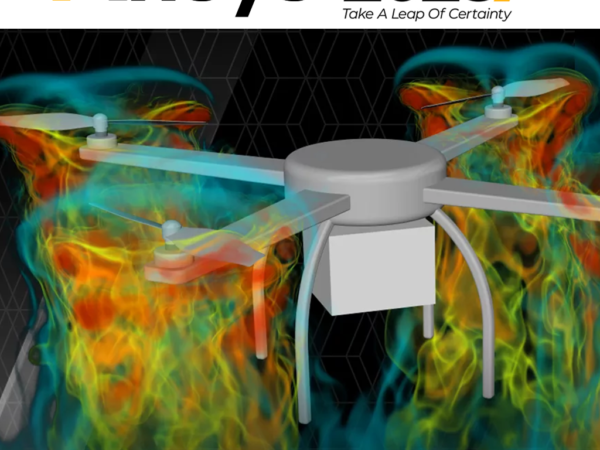Recording from LEAP's recent series of Ansys 2023 R1 & R2 update seminars covering the latest updates in Ansys Fluids. Thes videos are from our Melbourne event, presented by Dr. Lewis Clark, LEAP's Fluids Technical Manager.
Archives
Simulating Aerothermal Shape Distortion of Hypersonic Vehicles
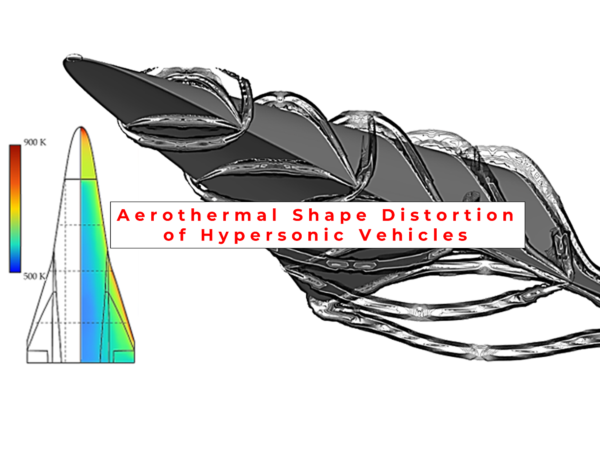
How can designers of hypersonic aircraft overcome the ‘heat barrier’ using simulation to better understand aerothermal shape distortion (aka aerothermoelasticity, or fluid-structural-thermal interaction - FTSI)? This guest blog by ADFA explains how multiphysics simulation helps designers of hypersonic vehicles account for aerothermal shape distortion (which can compromise a hypersonic vehicle’s aerodynamic performance) through to the risk of catastrophic material failures, using tools that can simulate both the aerodynamics as well as the thermal and structural response.
A look into the lightning-fast future of GPU-powered CFD
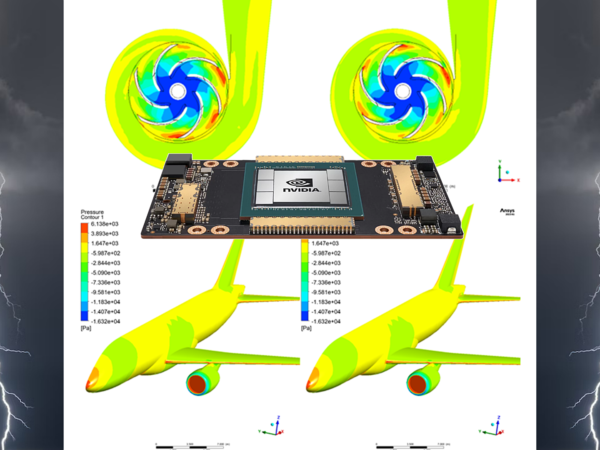
Here we benchmark Fluent's new fully-native GPU (Graphics Processing Unit) solver, available since the 2023R1 release, which has delivered impressive numbers on our tests that include both high-end (A100 GPU - over five times faster than a baseline using 80 CPU cores) and standard 8GB GPUs that are probably similar to one you're already using (still delivering a 3x3x speedup over an 8 core Intel Xeon W-11955M CPU).
Exploring new ideas in Urban Design – a Q&A with Wendy Walls, Melbourne School of Design
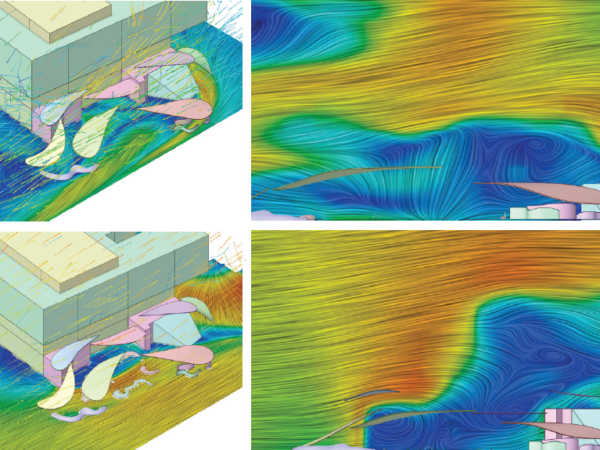
Q&A with Wendy Walls whose research and teaching aims to deliver innovative design methodologies for urban open spaces, designed in response to a changing climate. Learn how Wendy's use of Ansys Discovery has provided an engaging way to teach landscape design students the critical concepts involving airflow and heat transfer in urban design.
Highlights from SCONA 2023 – CFD of the Nose and Airway
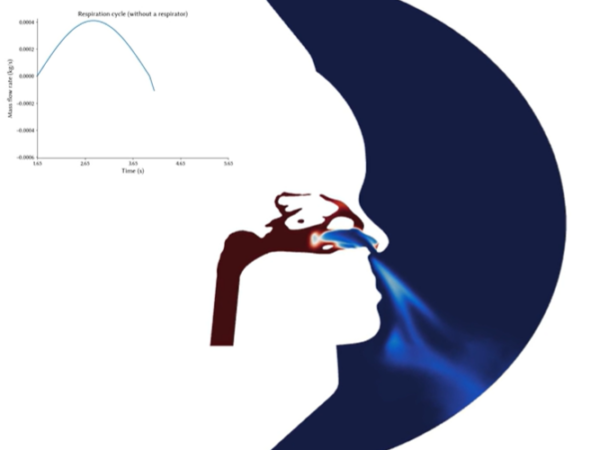
Our curated highlights from a recent SCONA event (SCONA is the Society for Computational fluid dynamics Of the Nose and Airway) that illustrate the power of using CFD for applications relevant to our understanding of the nose and airway. SCONA 2023 was held recently in Brisbane, Australia.
CFD Modelling of Biological methanation in bubble column reactors
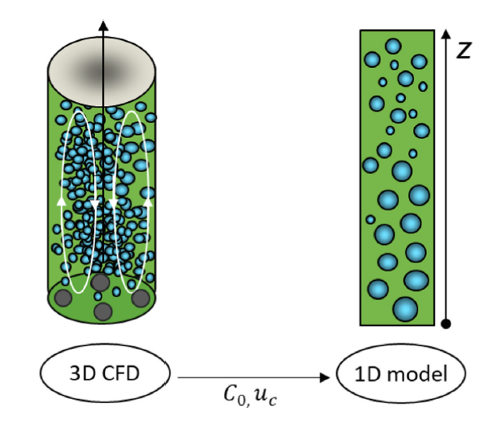
Read how the advanced multiphase capabilities of Ansys Fluent (combining hydrodynamics with mass transfer and chemical reaction) are being used to model 3D bioreactors and used as inputs to validate simpler 1D models suitable for process design and optimisation using simpler, computationally faster models.
Behind the scenes of how Emirates Team New Zealand sailed to new wind-powered land speed record
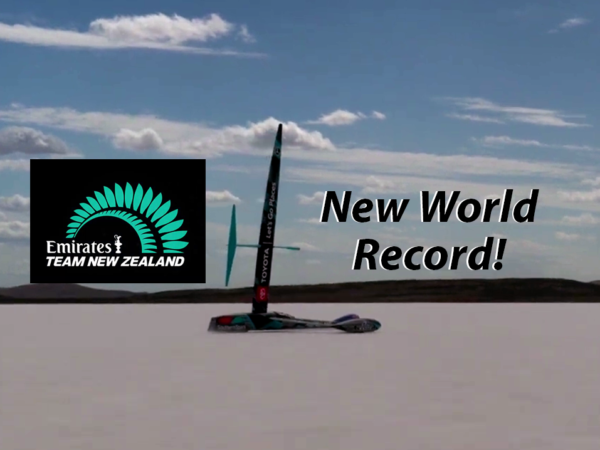
The engineering behind the scenes of Horonuku – the successful attempt by ETNZ to break the wind-powered land speed record, drawing upon experience from engineers across ETNZ whose careers have focused on the complex physics of aerodynamics, dynamics, structural mechanics and composite materials.
Guest Blog by CSIRO: Multiphase CFD in Minerals & Metal Processing
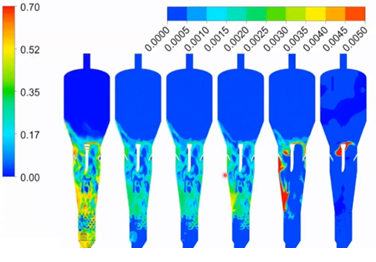
Multiphase flows form the basis of many important processes in the mineral processing, metal production, energy and chemical process industries. This guest blog from CSIRO describes how CFD modelling can be used to better understand these industrial processes, improve performance and develop new novel processes. Examples given include gas-liquid, gas-solid and gas-liquid-solid flows.
Congratulations Team Hydron - 2022 F1 in Schools World Champions!

Guest blog by Team Hydron - read how Australia's leading F1 in Schools team used Ansys and KeyShot software suites to elevate their engineering & design process and develop a vehicle that would win the Best Engineered and Fastest Car awards at the 2022 World Finals.
What’s new in Ansys for universities and academic researchers?

Highlights from a recent webinar by LEAP’s expert simulation team covering the most significant updates in Ansys for educators and academic researchers in ANZ - with a focus on Fluids, Structures and Electromagnetics across the last 2-3 years.

